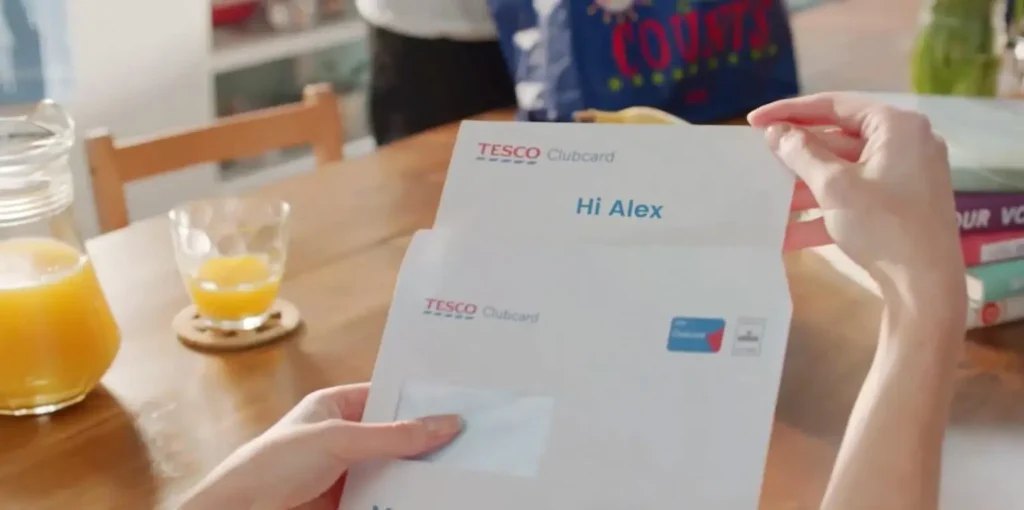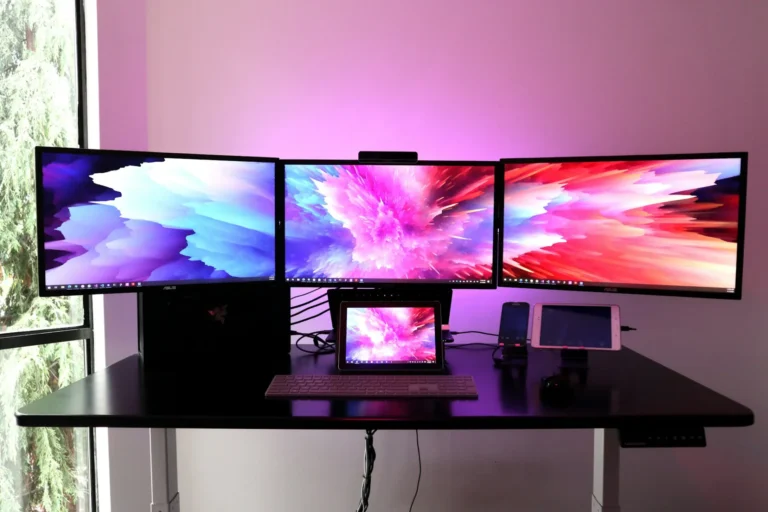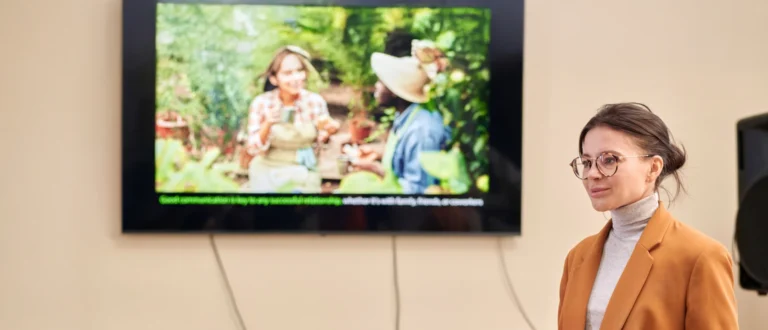Addressing the challenge of building and growing a successful squad, legendary NBA coach Phil Jackson once noted that “The strength of the team is each individual member. The strength of each member is the team.”
This is as true in business as it is in sports. Businesses flourish when every member pushes in the same direction, shouldering a shared responsibility, in the knowledge that their colleagues are doing the same. This powerful sense of collective, the feeling of being part of a team, allows groups of ordinary people to achieve extraordinary things.
And the statistics support this insight. Research shows that an engaged and committed workforce delivers 20% higher sales, 21% higher profitability and a 17% improvement in productivity.
Around the globe, businesses of all shapes and sizes are scrambling to adapt to the unexpected challenges created by the global Covid-19 crisis. Every industry has been impacted in different ways – but one universal business challenge is maintaining this sense of being part of a team. As isolation measures are introduced and working from home becomes the norm, how do you ensure that the collaborative culture of your business remains strong?
Technology naturally has a critical role to play here. Coronavirus has been an unprecedented punch-in-the-face to the plans and strategies of businesses – but equally, it has demonstrated the agility and dynamism we have discovered. In the space of weeks, offices have been swapped for homes, meeting rooms traded for video calls, and after-work cocktails have moved from the bar to wine with Friday’s FaceTime.
Technology has facilitated this transition. In particular, digital video is allowing people to communicate with colleagues, clients, friends and family, wherever they are. Stock prices in conference call platform Zoom have exploded – while apps like Houseparty have accelerated from 130,000 downloads last week to over 2 million downloads last week.
Bringing teams together via video is proving a powerful recipe for maintaining both communication and team spirit; it is important that those you work with don’t become faceless names on an email. Video is the canvas that preserves the human-ness of our daily interactions.
But video’s power to engage and bring together a workforce spans well beyond live video calls – especially for large multinational businesses with resources and people spread around the globe. For these businesses, team-wide catch up on Zoom just isn’t possible.
We worked with UBS to address this exact challenge. UBS wanted to communicate the company’s strategy and vision to its workforce, but wanted to do so in an engaging and effective way, leveraging our Personalized Video as a Service platform (PVaaS™).
The goal was to encourage the staff’s enthusiasm and engagement with the new company strategy and vision. Videos were personalized using employees’ names, genders, tenures, languages, and roles — amongst other attributes — to ensure that the messages were as customized and relevant as they were engaging. The campaign achieved a 23% view rate, a 71% average completion rate – and 100% positive feedback.
It is important to remember that even thirty years ago, none of this would have been possible. Technology – and digital video in particular – has evolved at a pace which means we are better positioned than ever before to communicate effectively and quickly adapt to sudden change. It has the power to make us feel part of the team, something bigger than ourselves. This is a hugely powerful tool for business – perhaps now, more than ever before.
We may be isolating, but we are by no means isolated. As Phil Jackson said, people are at their best when they are working together. Technology and video are helping businesses stay together and keeping employees pulling in the same direction during these turbulent times.






